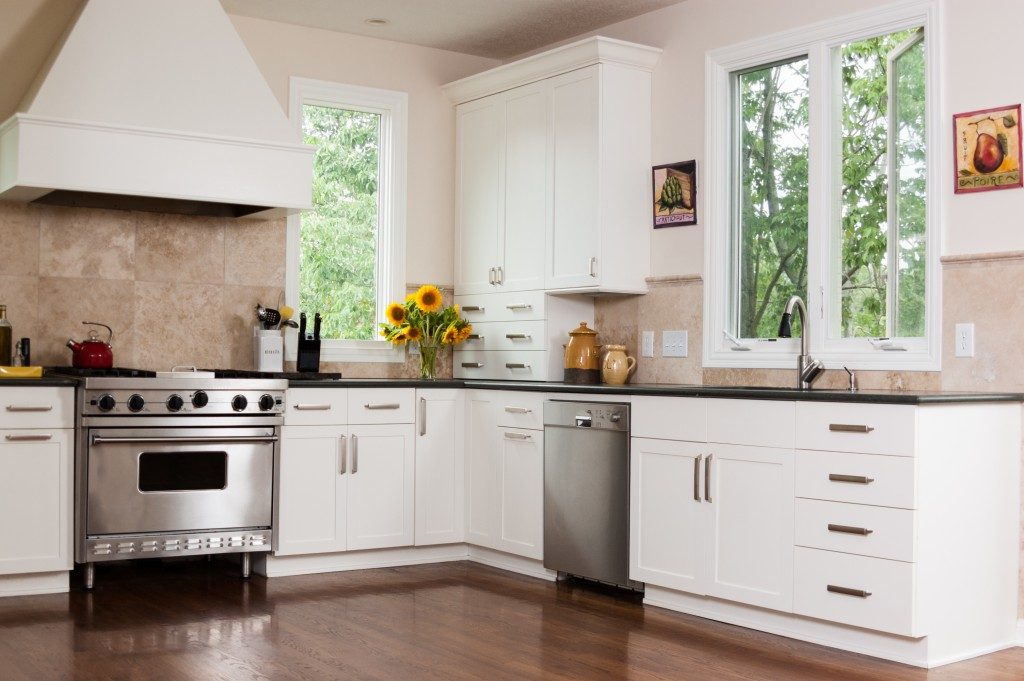Kitchens are the busiest areas in every home. The kitchen is where food is prepared, which fuels the minds and bodies of the occupants of a house. This is why it’s a good thing to make the kitchen feel cozier. To do that, creating space—or the illusion of space—is a step in the right direction.
Apart from making the kitchen roomy, you can apply a few visual tricks to fool the eyes into thinking that the space bigger than it really is. For example, you can use white to paint kitchen accent pieces or employ reflective surfaces, such as on backsplashes and countertops. Organizing the kitchen to minimize clutter is also a great way to do it. More than that, however, investing in strategically placed windows in the kitchen not only opens the space up but also gives you an additional function: air circulation. You wouldn’t want the smells of your cooking, no matter how enticing it is, to be trapped in your home, would you?
In Sudbury, Ontario, not all windows are made equal. Some styles are a better fit for kitchens in terms of practical use and aesthetics. Here are four styles that fit the kitchen’s requirements of natural lighting, ventilation, and ease of use:
Sliding Windows
These are ideal for kitchens with footpaths located right outside, as out-swinging windows would otherwise block the way. Even for in-swinging windows, a sliding track allows you to save space, so you won’t need to think twice as hard where you need to put them. Plus, sliding windows are easy to operate, perfect if you need to vent steam and excess moisture without skipping a beat.
When choosing a sliding window, look at the window frame’s strength. Most sliding windows are flimsier than hinged ones, thanks to their narrower frames and sashes. Avoid wooden frames since the humidity in the kitchen can damage them in the long run; composite structures like fiberglass are perfect for this role. That said, if you’re going to use a sliding window, maintain its sliding track regularly.
Casement Windows
These are energy-efficient. The window sashes press against the frame, creating an energy-efficient seal. The window sashes allow lots of natural light in, and thanks to its out-swinging design, you can use 100% of the window area for ventilation. Angling the casement windows relative to the air stream can also allow a breeze to enter your home much more than simply opening it, which you may need to after cooking a particularly strong-smelling meal.
Double-hung Windows

The best thing about double-hung windows is that everyone knows how to operate them. Small kitchens can benefit from double-hung windows; in addition to its space-saving benefits similar to sliding windows, they’re ideal for areas where you need to conserve space. Plus, you can have an effective inlet-outlet ventilation system with just one double-hung window installed.
Bay and Bow Windows
Bay and bow windows are combination windows; they’re usually one or more static windows in the middle and an operable window (such as a casement) at both ends. The increased glass areas allow more natural light, but its biggest benefit is their inherent increased floor space, which you can use as additional seating, storage, and even a banquette.
Kitchen windows are excellent investments in any kitchen. Don’t simply place them above the sink; you can play with their placement as you like.

